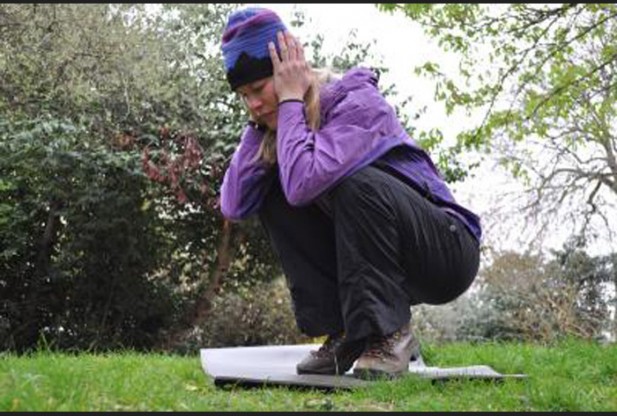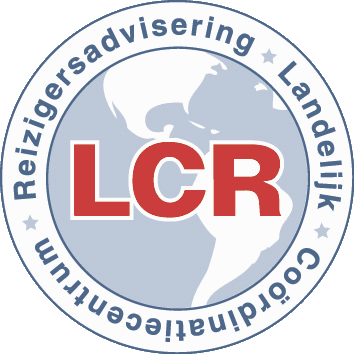This week we asked you whether you should start with chest compressions or rescue breaths when you are performing CPR on a lightning victim. We will explain you why rescue breaths are the best approach. When struck by lightning the current can cause a simultaneous cardiac and respiratory arrest. Due to cardiac automaticity the heart will most likely start beating again, but the medullary respiratory center takes longer to recover. Lack of respiration causes hypoxic blood to be circulated and can induce a second asystole. Therefore, even after return of spontaneous circulation occurs ventilation should be supported until spontaneous respiration recovers.
Some other lightning facts:
- When thunder roars, you should always go indoors. When this is not possible avoid areas that are high risk for lightning strikes.
- A direct strike only causes 5% of the lightning injuries. Most lightning injuries are caused by contact, sidesplash (33%) and ground current (50%).
- A last resort strategy is taking the lightning position (see figure). If you are in a group, stay at least 6 meters apart from each other to prevent mass casualty when lightning hits.
- You should use reverse triage when there are several lightning victims: start with those who appear death.
- Victims of lightning strike do not carry residual electrical charge, so you can start CPR when the scene is safe.
- Lightning does not cause the muscle tetany seen with alternating currents of other electrical injuries.
- The transient Lichtenberg figure (ferning or feathering pattern) is pathognomonic for lightning strike.

The lightning position
For more information we can recommend reading the Wilderness Medical Society Practice Guidelines for the Prevention and Treatment of Lightning Injuries: 2014 Update.
Reference:
Davis C, Engeln A, Johnson E, McIntosh S, Zafren K, Islas A, McStay C, Smith W, Cushing T. Wilderness Medical Society Practice Guidelines for the Prevention and Treatment of Lightning Injuries: 2014 Update. Wilderness Environ Med. 2014; S86-S9




